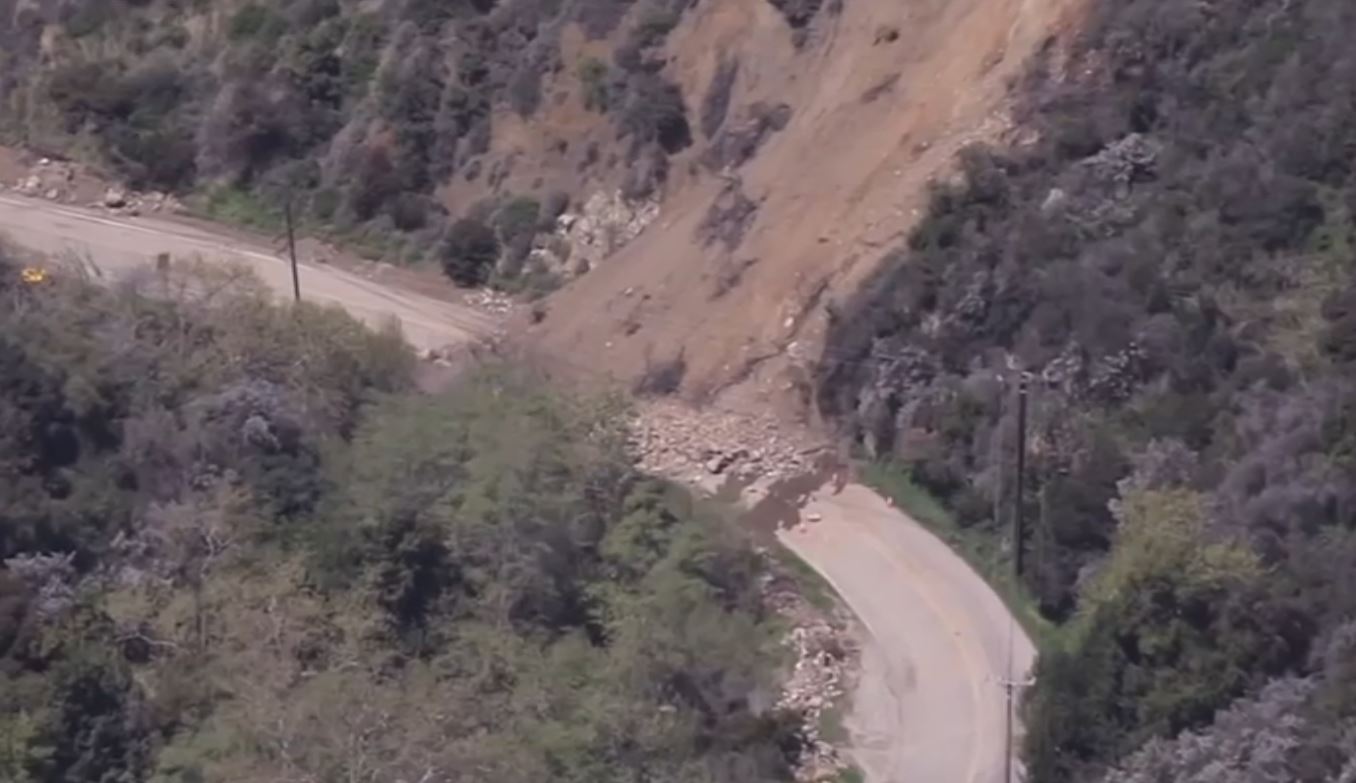To know Boyle Heights is to know that, like most Los Angeles neighborhoods, the community would prefer one of its own to address its problems and maximize its promises.
That’s the idea behind the "Boyle Heights Beat" or "El Pulso de Boyle Heights" -- a bilingual quarterly newspaper "por y para la comunidad, for and by the community," written primarily by local high school students.
"I worked for many years in a number of outlets in the United States and overseas, also, and I, myself, have never enjoyed the kind of intimate relationship these young reporters have with their community," says co-founder Michelle Levander. "We’re teaching these kids objective journalism, how to be objective, rigorous and see both sides, but they come at it with a really local sensibility of that community."
Levander, who is also the founding director of the Center for Health Journalism at USC, helped found the paper in 2011 with Pedro Rojas, former executive editor of major Spanish-language newspaper La Opinion.
They both serve as co-editors and publishers of a teen-run paper that focuses on doing in-depth stories on issues affecting the community, such as gentrification, immigration and the LGBTQ community.
It receives funding from multiple sources, primarily the California Endowment.
"Those are the kind of stories that get lost, with both fewer resources in newsrooms, fewer local sections, all that sort of thing," Levander says. "These are the stories that probably would’ve never been told anyway."
News
Top news of the day
That’s crucial resource for a neighborhood, that despite it's proximity to downtown, continues to feel marginalized, says reporter Alex Medina, a senior at Francisco Bravo Magnet Medical High School.
"It’s a very tightknit community. There’s various schools here, and a lot of things are very interconnected. There's a lot of new things happening here at Boyle Heights, which are very interesting and are facing a bit of backlash," he explains. "News is very important, because without it, we would not be able to hear the stories of people. We wouldn’t be able to know the various things impacting our communities."
Medina is in his third year as a reporter.
He says that with the Boyle Heights Beat's website and quarterly distribution of 33,000 print copies, they’ve become a resource for the community, which remains primarily Latino.
"For a community like Boyle Heights, it's very important to have a bilingual newspaper available to the community," Medina says. "Many community members may be unaware of certain issues that may be impacting them and are unaware that there is some certain resources out there in the neighborhood available for them."
While some students, like Medina, enjoy reporting through multiple school years, the paper welcomes new students as well to replace those who graduate.
In some cases, graduates come back to assist the paper while continuing to contribute.
"We want to show the world that Boyle Heights isn't a bad neighborhood. It's actually a good neighborhood filled with good people," says Jacqueline Ramirez, who now attends Santa Monica College. She is now helping the publication experiment with audio storytelling. "You can actually feel some of the emotions of some of the people that you’re interviewing."
Ramirez says perhaps the most important thing the Boyle Heights Beat does is invite members of the community to speak to the news staff, to share their concerns and the stories they’d like to see covered.
"We have community members come in and discuss what are the kind of stories they want us to write," Ramirez says. "I get the chance to voice the voices of the community."
Levander says that’s what makes the newspaper so unique in understanding the community it serves.
"Recently, we were planning a community meeting and we asked all of our reporters to go home and interview their families, interview their neighbors and find out what do they most want to know about, what issues are they most preoccupied with," she says. "It’s not a typical way a news outlet is run."
Aside from how Boyle Heights benefits, Levander stresses that her students are the ones who benefit tremendously as well.
"It’s a very intensive youth development project, where they get one-on-one mentoring. All those things are good for their futures, whether just for going to college or their lives," she explains. "But they’re also getting a sense of being civic leaders and civic participants through doing this work. They’re engaging in important ways with the community and serving the community."
Medina agrees.
"For me, I've always loved to write, but normally it was just writing for myself. But getting to do this, gave me the opportunity to help out my community, help out the locals here in Boyle Heights and do something with my writing," he says.
"Boyle Heights is a very special place. It's in a sprawling metropolis, but it's a place with a really distinct identity and culture," Levander adds. "This is really a testament to how many great stories there are in local communities and how meaningful it is that the community feel they have a voice."



